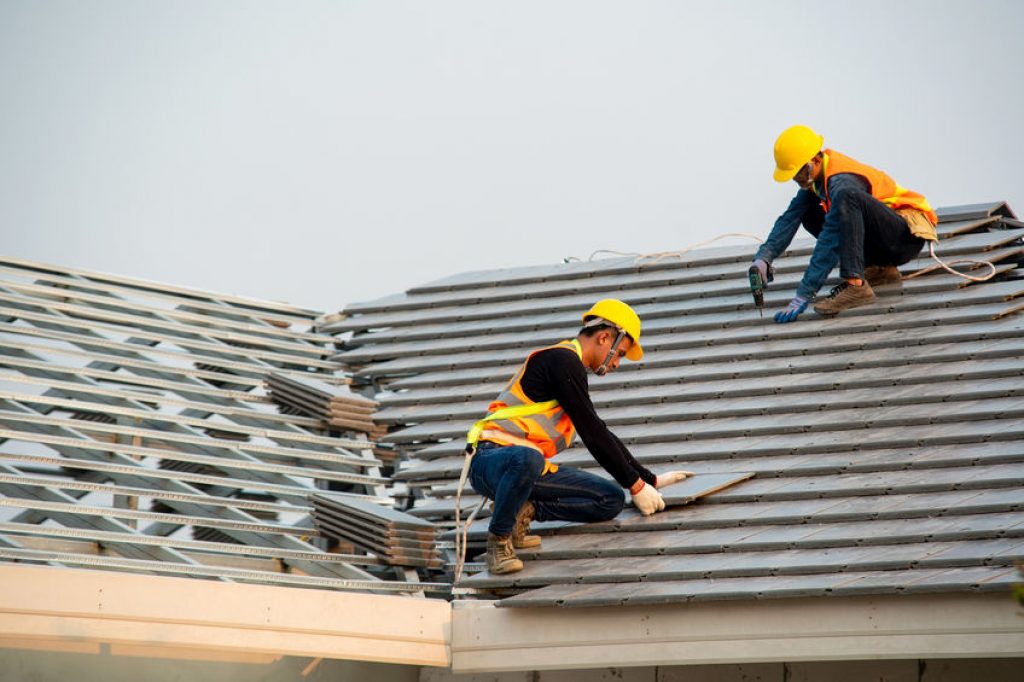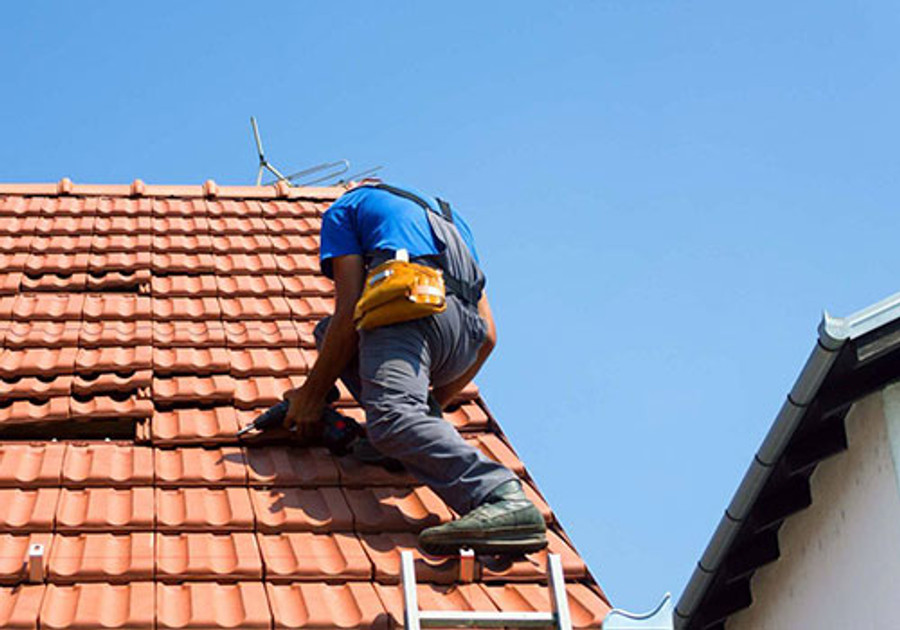
Roofing work, whether you’re undertaking a DIY project or hiring professional roofers conwy, can be fraught with risks. Safety should be a top priority to prevent accidents and ensure the well-being of everyone involved. Here’s a detailed guide on roofing safety tips to help you navigate this crucial aspect of home maintenance and improvement.
Table of Contents
1. Understand the Risks
Before you begin any roofing repair project, it’s essential to understand the potential risks involved. Roofing work involves working at heights, handling heavy materials, and dealing with potentially hazardous conditions. Common risks include:
- Falls: The leading cause of injuries in roofing. Unstable ladders and slippery surfaces can lead to dangerous falls.
- Injury from Tools and Materials: Sharp tools, heavy shingles, and other materials can cause injuries if not handled correctly.
- Weather Conditions: Rain, wind, and extreme temperatures can create unsafe working conditions.
2. Use the Right Safety Gear
Proper safety gear is crucial in protecting yourself from injury. Make sure to use the following equipment:
- Safety Harness: If you’re working on a steep or high roof, a safety harness secured to a stable anchor point is essential.
- Non-Slip Shoes: Footwear with proper grip will help prevent slips and falls.
- Safety Goggles: Protect your eyes from debris, dust, and falling materials.
- Gloves: Wear gloves to protect your hands from sharp edges and rough materials.
- Hard Hat: A hard hat can protect your head from falling objects or accidental impacts.
3. Ensure Ladder Safety
Ladders are a common tool in roofing projects, but they come with their own set of risks. Follow these ladder safety tips:
- Choose the Right Ladder: Ensure your ladder is rated for the weight it will need to support, including you and any tools or materials.
- Inspect the Ladder: Before use, check for any damage or wear that could make the ladder unstable.
- Set Up Correctly: Place the ladder on a stable, level surface and ensure it’s at the correct angle (about 75 degrees). Secure the ladder at the top and bottom if possible.
- Maintain Three Points of Contact: Always keep two hands and one foot, or two feet and one hand, on the ladder when climbing or working.
4. Work in Safe Weather Conditions
Weather can significantly impact the safety of roofing work. Take these precautions:
- Avoid Wet Conditions: Rain can make roofs slippery and increase the risk of falls. It’s best to avoid roofing work during or immediately after rain.
- Be Cautious in Windy Conditions: High winds can make working on the roof more dangerous and can cause materials to become dislodged or move unpredictably.
- Consider Temperature: Extremely hot or cold temperatures can affect your grip and the materials you’re working with. Take breaks and stay hydrated in hot weather, and dress warmly and take breaks to warm up in cold weather.
5. Properly Handle and Store Materials
Handling and storing roofing materials correctly can prevent accidents and injuries. Follow these tips:
- Stack Materials Securely: Ensure materials are stacked neatly and securely to prevent them from falling.
- Lift Correctly: Use your legs, not your back, to lift heavy materials to avoid injury. Get help if needed.
- Use Equipment: Utilise hoists or other equipment to lift heavy materials to the roof safely.

6. Have a Plan for Emergency Situations
Despite all precautions, emergencies can still occur. Prepare by:
- Knowing Emergency Procedures: Familiarise yourself with emergency procedures and ensure everyone involved in the project knows what to do in case of an accident.
- Having First Aid Supplies: Keep a well-stocked first aid kit on hand and know basic first aid procedures.
- Having Emergency Contacts: Have contact information for local emergency services readily available.
7. Hire a Professional Roofer
If roofing work seems too risky or complicated, it’s wise to hire a professional. Experienced roofers are trained in safety procedures and have the proper equipment to handle roofing projects safely. When hiring a roofer, consider:
- Checking Credentials: Ensure the roofer is licensed and insured.
- Reading Reviews: Look for reviews and testimonials from previous customers.
- Getting Multiple Quotes: Obtain quotes from several contractors to ensure you’re getting a fair price.
8. Follow Manufacturer’s Instructions
If you’re using specific roofing products or materials, always follow the manufacturer’s instructions for safe handling and installation. These instructions are designed to ensure that the products perform as expected and do not pose safety risks.
Conclusion
Safety is paramount when working on or around roofs. By understanding the risks, using the right safety gear, ensuring ladder safety, working in safe weather conditions, handling materials properly, preparing for emergencies, and considering professional help, you can greatly reduce the risk of accidents and injuries. Whether you’re a DIY enthusiast or working with professionals, prioritising safety will help ensure a successful and incident-free roofing project.
